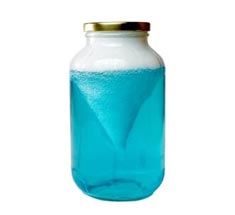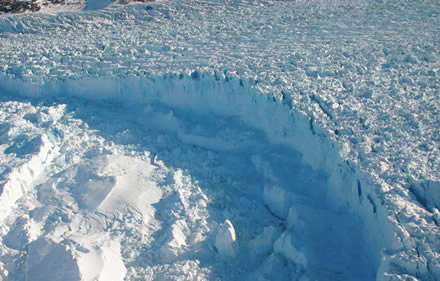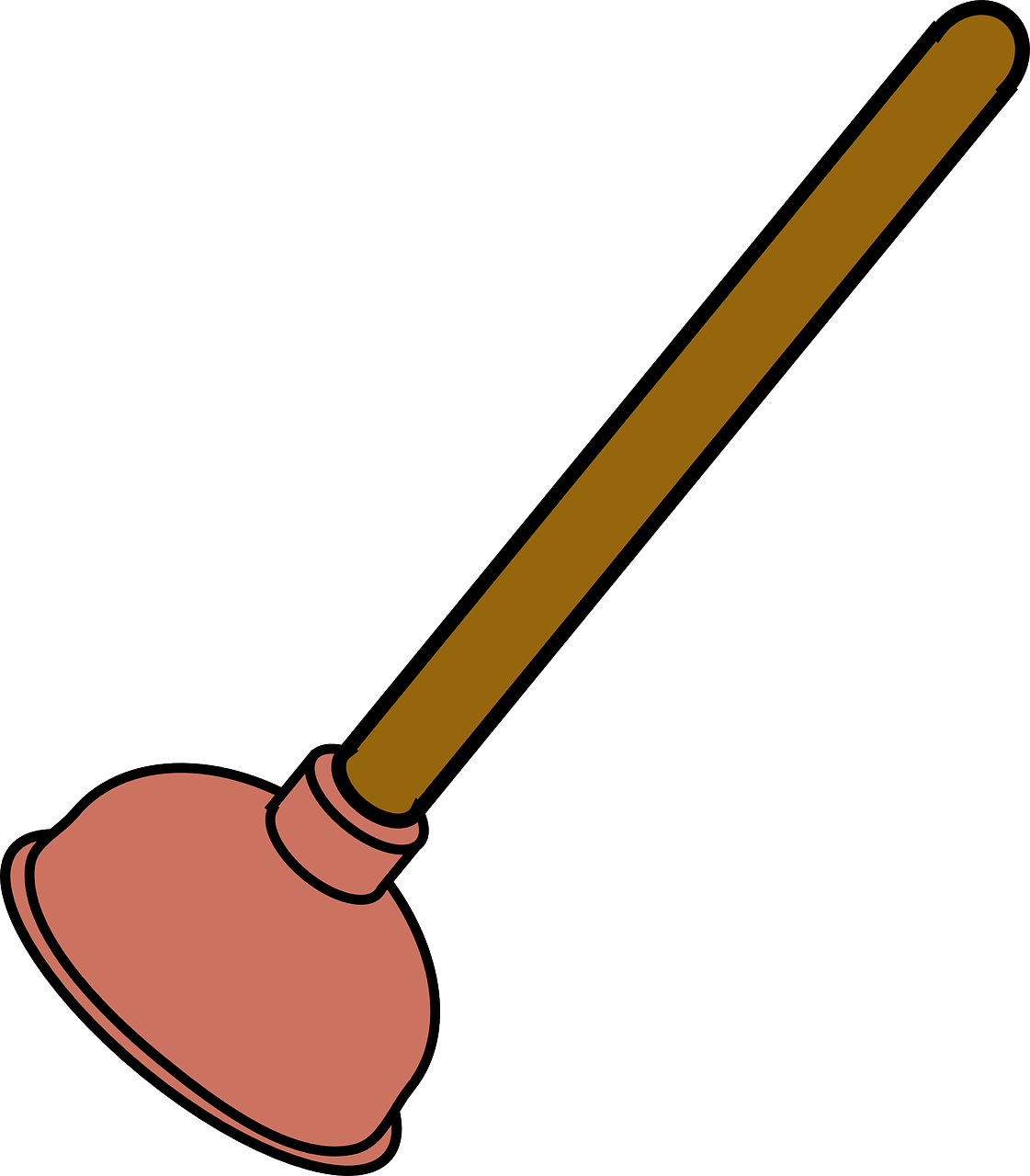Make your own Raingauge
For measuring the amount of rain
Equipment
◊ A 2 litre clear PLASTIC DRINKS BOTTLE (coca cola, water etc)
◊ SCISSORS
◊ PAPERCLIPS
◊ JELLY (3 or 4 cubes made up as directed on the packet), plasticine or paraffin wax.
◊ RULER
Method
1. Cut off the top of this bottle about a quarter of the way down, below the neck of the bottle, where the diameter is constant. Cut smoothly.
2. Take the bottle top that you have cut off, turn it upside down and place it back in the bottom part of the bottle. It should fit snugly but to make sure it does not fall out use a few paper clips to hold the two halves together. This reduces the amount of water that evaporates from the bottle.

3. The bottles are usually shaped at the bottom; however, you need a completely flat bottom to be able to measure the depth accurately. To achieve this pour in some brightly coloured jelly mixture or paraffin wax and let it set in the bottom of the bottle. Depths can then be measured from the top of the jelly. Jelly does tend to attract slugs (and eventually goes off)! Alternatively, if you have access to a measuring cylinder, you can not bother with this stage and just pour the collected water into a measuring cylinder every day. This will give you a volume rather than a depth of water (rainfall is usually reported in mm).
4. Attach a ruler to the side of your rain gauge in order to measure the amount of water collected. Remember to line up the zero with the top of the jelly not the bottom of the bottle.
5. Place the rain gauge outside – if possible, in a plant pot with soil around it to give it extra stability.
6. Read the depth of water in the gauge every day and empty it. You’ll also need to check it for slugs, leaves and spiders’ webs!




